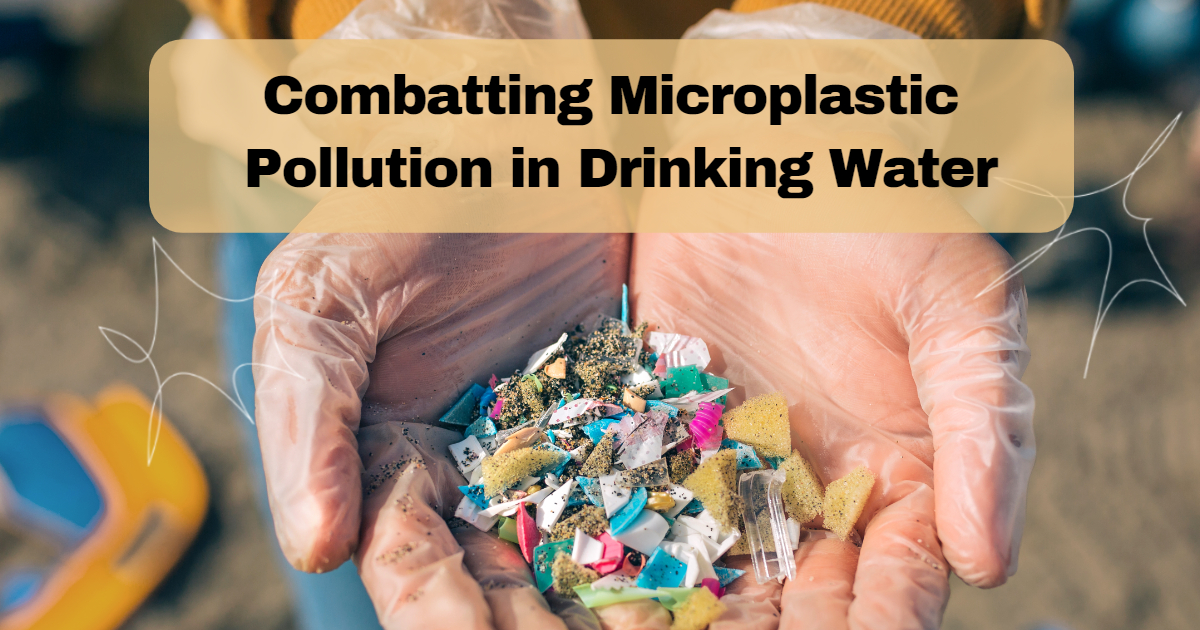
Microplastics (MPs) have emerged as persistent toxicants in the recent decade. MPs are reported to present in different samples such as soil, water, wastewater, and human samples including placenta, urine etc. Recent studies have reported its presence in drinking water. MPs presence in the Potable water is of concern to the research because MPs are associated with several toxicities in animal models including human. The presented review is focused on understanding MPs abundance, sources, detection, analysis, and biotechnological approaches for its degradation. The paper discusses MPs sources, distribution, and transport in safe drinking water. In addition, it discusses the MPs identification in freshwater, and advances in biotechnological, metagenomics, system, and synthetic biology approaches for MPs degradation. Moreover, it discusses critically the major challenges associated with the MPs degradation in purified water. Heterogeneity in the MPs size and shape makes it its identification difficult in the clean water. Most of the methods available for MPs analysis are based on the dried samples analysis. Development of MPs in liquid samples may bring a breakthrough in the research.

